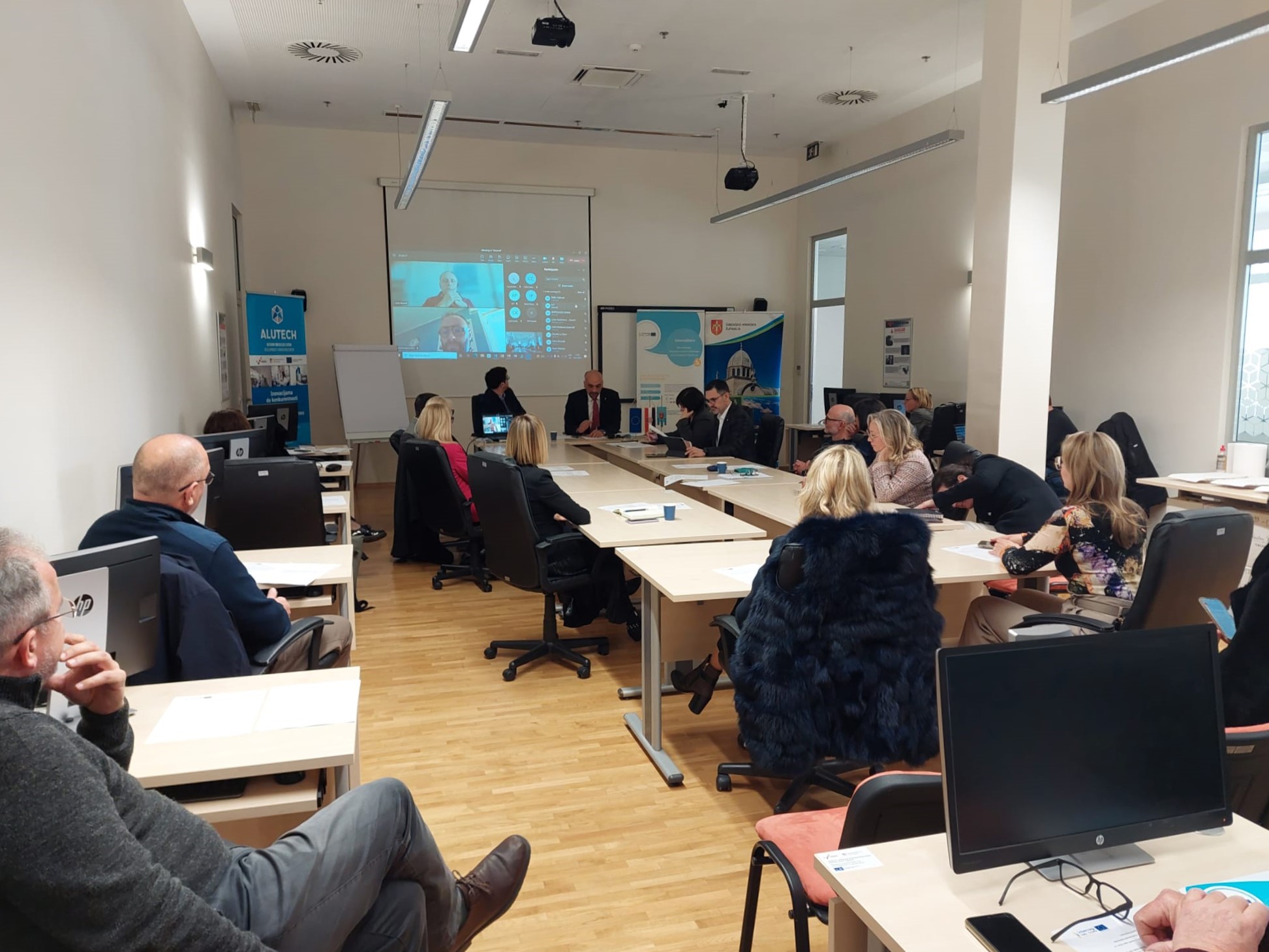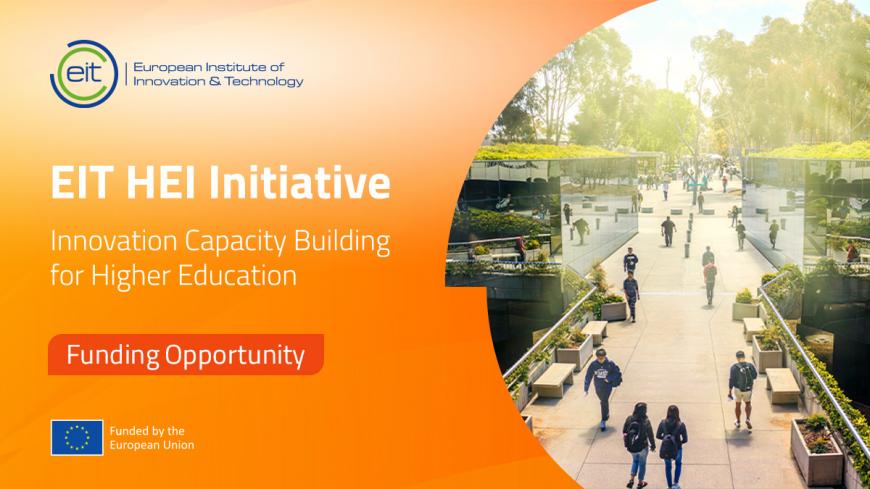Not many Danes remember the green and red COVID-19 graph, when the authorities shut down Denmark in March 2020. The graph was a visualisation of data intended to draw an understandable picture of the social situation.
It can be complex to understand and understand data if you don’t work with it on a daily basis. It is therefore important to be able to visualise data in a way that everyone understands.
But what exactly is visualisation? According to Mie Nørgaard, an interaction and UX designer, it is a technique that helps you convey complex data and messages with sketches or models in an understandable way.
When you get new visual impressions, it activates your brain and strengthens your reflection and memory. It does it because the brain keeps the drawings up to what it has understood, and afterwards it has to relate to that contrast in order to make sense. In other words, visualisation makes you reflect on the points from, for example, a meeting or a workshop – because you can’t help it,” explains Mie.
Mie argues that visualisation is a useful tool for IT professionals – whether you call yourself a designer, agile developer or process consultant. She gives nine reasons for this:
- It supports idea generation and the study of ideas.
- It is an effective way to analyse, systematise and map processes. This is because a drawing can more easily contain more information than pure text.
- It gives employees an experience of being involved and heard in the process.
- It creates an active learning space that engages participants and makes it easy to contribute.
- It communicates effectively across the professionalism and competencies of the organisation.
- It supports the development of a common overview across many people.
- It gives other and new perspectives because it is possible to communicate a large amount of data at the same time without confusing.
- This makes reporting and dissemination easy, simple and vibrant for the recipient.
- This makes it easy to improvise during a presentation, because drawing is a generic narrative tool with many layers of data.
Saznaj više
-
Digitalna tehnologija / specijalizacija:
Digitalne vještine
-
Razina digitalnih vještina:
Osnovno
Srednja
Napredno
Stručnjak za digitalni sektor
-
Geografski opseg - Država:
Danska
-
Vrsta inicijative:
Nacionalna inicijativa





